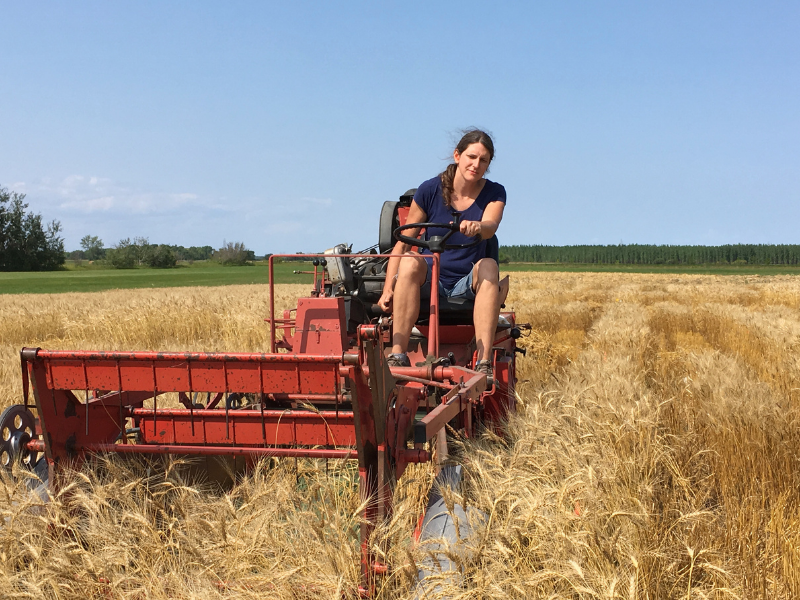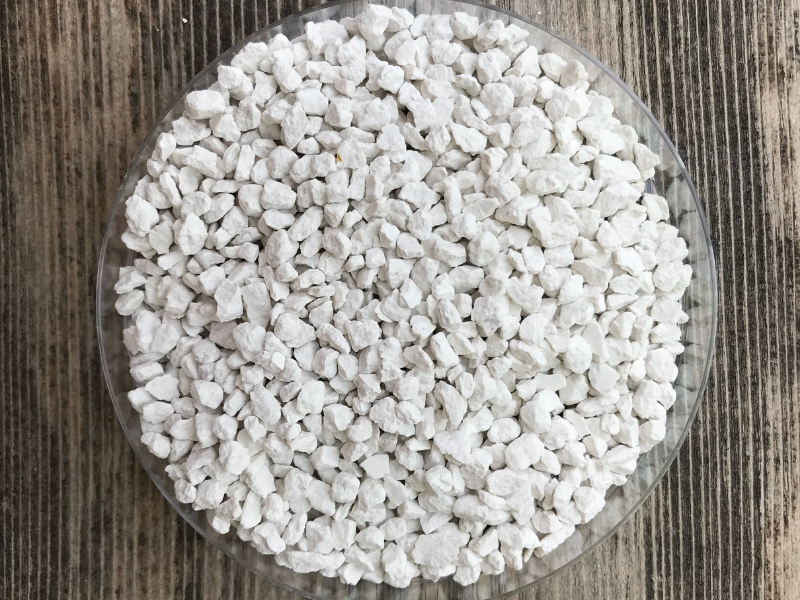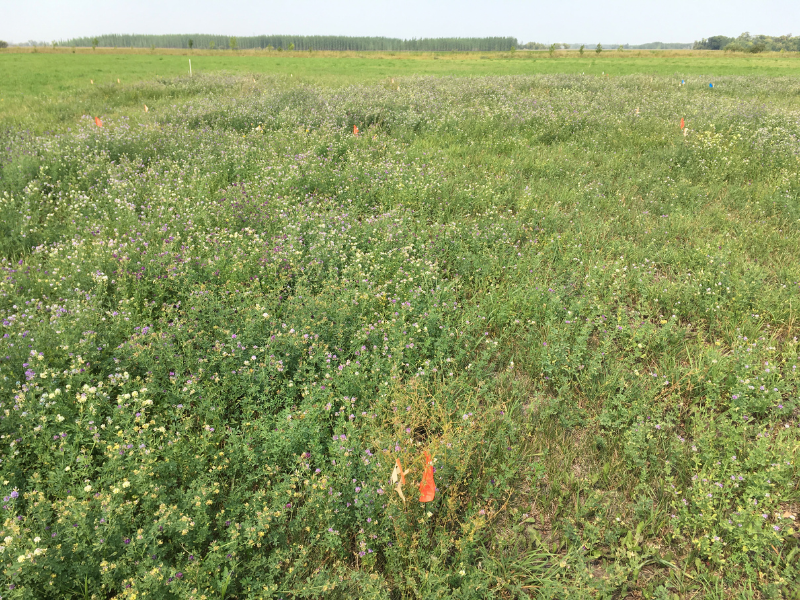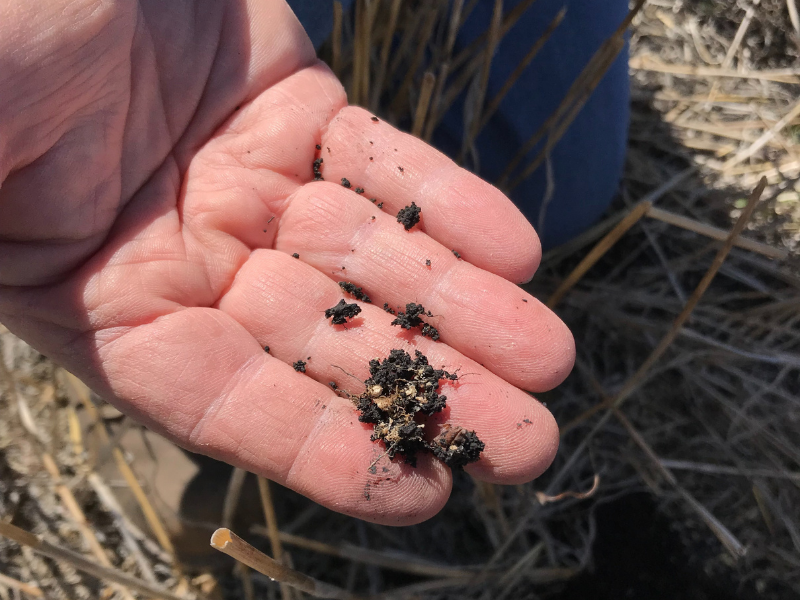Study shows struvite good phosphorus source for crops
February 14, 2022 - Kaine Korzekwa
Studying new fertilizer options is the first step to getting farmers to eventually use them on their crops. A mineral called struvite has the potential to be an effective phosphorus fertilizer that may be considered organic.

Joanne Thiessen Martens, researcher from the University of Manitoba - Canada, along with collaborators, studied how struvite impacted three crops. These were spring wheat, flax, and an alfalfa-grass forage mixture.
“Struvite is a naturally occurring mineral that can be extracted from nutrient-rich wastes, such as municipal wastewater or manure,” Thiessen Martens says. “It is rich in phosphorus and seems to be a relatively good phosphorus fertilizer.”
She adds that recovering the fertilizer from wastewater also reduces the amount of phosphorus entering the environment. Excess phosphorus can be harmful to the environment.
The research was recently published in the Agronomy Journal, a publication of the American Society of Agronomy.

In their study, they applied struvite to fields of the three crops at different rates. They then looked at yields from the crops and measured how much phosphorus the crops contained after harvest. Their goal was to find the best application rate of struvite that provided a good amount of phosphorus to the crops.
“The main thing we were looking for was an increase in the grain yield or the forage biomass yield when crops were fertilized with struvite,” Thiessen Martens says. “A key part of our study was to see how the struvite application rate affected these different indicators of a good phosphorus supply.”
Their results showed that struvite increased the grain yield of spring wheat, but not flax. The alfalfa-grass forage responded very well to the fertilizer. The researchers also noted that the benefit to the alfalfa-grass increased in the second and third years of the study. Thus, the struvite applied in 2017 provided an even greater benefit in 2018 and 2019 than it did in 2017, the year it was applied.

Although they don’t know for certain why the crops responded differently, they have some ideas. It may be because they get nutrients from the soil in different ways. Flax, for example, gets help from fungi in the soil to get phosphorus. This may be why it doesn’t respond well to struvite.
Crops like alfalfa produce acids that help dissolve phosphorus in the soil and that may have been why it responded well to the fertilizer. The scientists want to perform more research to learn more about the differences between crops and the reasons for these differences.
They found that high rates of application created the best results. They also saw that a lot of the struvite was not recovered by the crop. This means it was not taken up by the plants and was left in the soil. The scientists want to further study what happens to the unused struvite in the soil.
In examining the different rates of fertilizer applied, the researchers found that they did not reach an amount of fertilizer that maxed out the crops’ response. To establish that maximum crop response to a certain fertilizer, they would need to have application rates where crop yield or phosphorus accumulation levels off.

“Based on our results, we can say that the recommended phosphorus application rates, which correspond to our lowest application rates, were not adequate at this site,” Thiessen Martens explains. “But we don’t know enough from this study to say whether fertilizer recommendations in general need to be revisited.”
She adds that much of the research on the circular economy for nutrients has been focused on how to recover fertilizers like struvite from waste. However, it’s also important to do more research on how to use these recycled fertilizers.
“These recycled fertilizers do not behave the same in the soil as soluble fertilizers do,” she says. “It’s one of the practical aspects that needs to be worked out so we can apply the idealistic notion of the circular economy more broadly.”
This research was funded by Agriculture and Agri-Food Canada and Ostara Nutrient Recovery Technologies.
